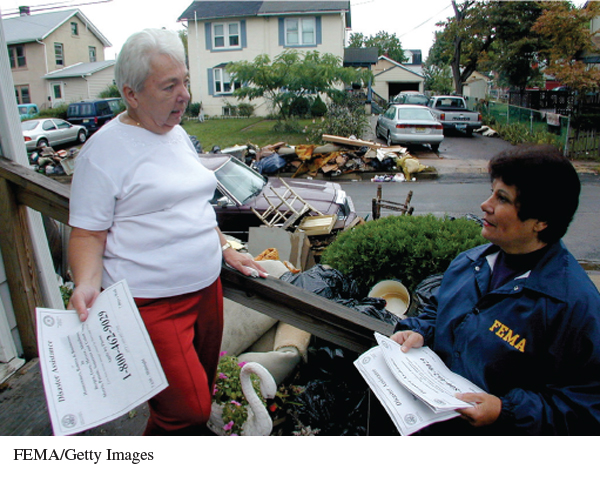Additional Writing Assignments
103
Instructor's Notes
To assign individual Additional Writing Assignments, click “Browse More Resources for this Unit,” or go to the Resources panel.
Interview someone from whom you can learn, possibly someone whose profession interests you or whose advice can help you solve a problem or make a decision. Your purpose will be to communicate what you have learned, not to characterize the person you interview.
Write a paper based on an interview with at least two members of your extended family about some incident that is part of your family lore. Direct your paper to younger relatives. If accounts of the event don’t always agree, combine them into one vivid account, noting that some details may be more trustworthy than others. Give credit to your sources.
Briefly talk with fifteen or twenty students on your campus to find out their career goals and their reasons for their choices. Are they feeling uncertain about a career, pursuing the one they’ve always wanted, or changing careers for better employment options? Are most looking for security, income, or personal satisfaction? Write a short essay summing up what you find out. Provide some quotations to flesh out your survey and perhaps characterize your classmates. Are they materialists? Idealists? Practical people? (Ask your instructor if any campus permission is needed before you begin these interviews.)
With the approval of your instructor, plan an individual or collaborative interview project with a possible public outcome—an article for the campus newspaper or alumni magazine, a page for the course Web site, a podcast for the campus radio station, a multimodal presentation for future students (combining written text with audio clips or photographs), or some other option that you or your group have the expertise to prepare. Analyze the purpose of the proposed outlet; select a campus interviewee whose knowledge or experience might assist or intrigue its audience. Develop your questions, conduct your interview, and present it.
Source Assignment. With your whole class or a small group, collaborate to interview someone from campus or the local community with special knowledge about a matter that concerns the group. Prepare by turning to background sources: your interviewee’s Web page, social media presence, or résumé; any campus or local news coverage; public-meeting or presentation records; or relevant statistics. Plan the interview by working together on these questions:
What do you want to find out? What lines of questioning will you pursue? What topic will each student ask about? How much time will each have to ask a series of questions? Who will record the interview (if your subject agrees)? Who will take notes (as your record or backup)?
Preview each other’s questions to avoid duplication. Ask open-ended, not yes/no, questions to encourage discussion. Your group’s product can be many individual papers or one collaborative effort (such as a paper, an online threaded discussion, or a blog), as your instructor directs. Be sure to credit all of your sources.
104
For advice on analyzing an image, refer to Ch. 14, Responding to Visual Representations.
Visual Assignment. Select a photograph of a person from this chapter (see below) or elsewhere in the book. Use that image to explore the experience of an interview from the standpoint of what is communicated through expression, body language, clothing, environment, and other nonverbal cues. Use your analysis of the image to support your thesis about the interview relationship it portrays.
 Landov.
Landov. FEMA/Getty Images.
FEMA/Getty Images. Joe Raedle/Getty Images News/Getty Images.
Joe Raedle/Getty Images News/Getty Images.